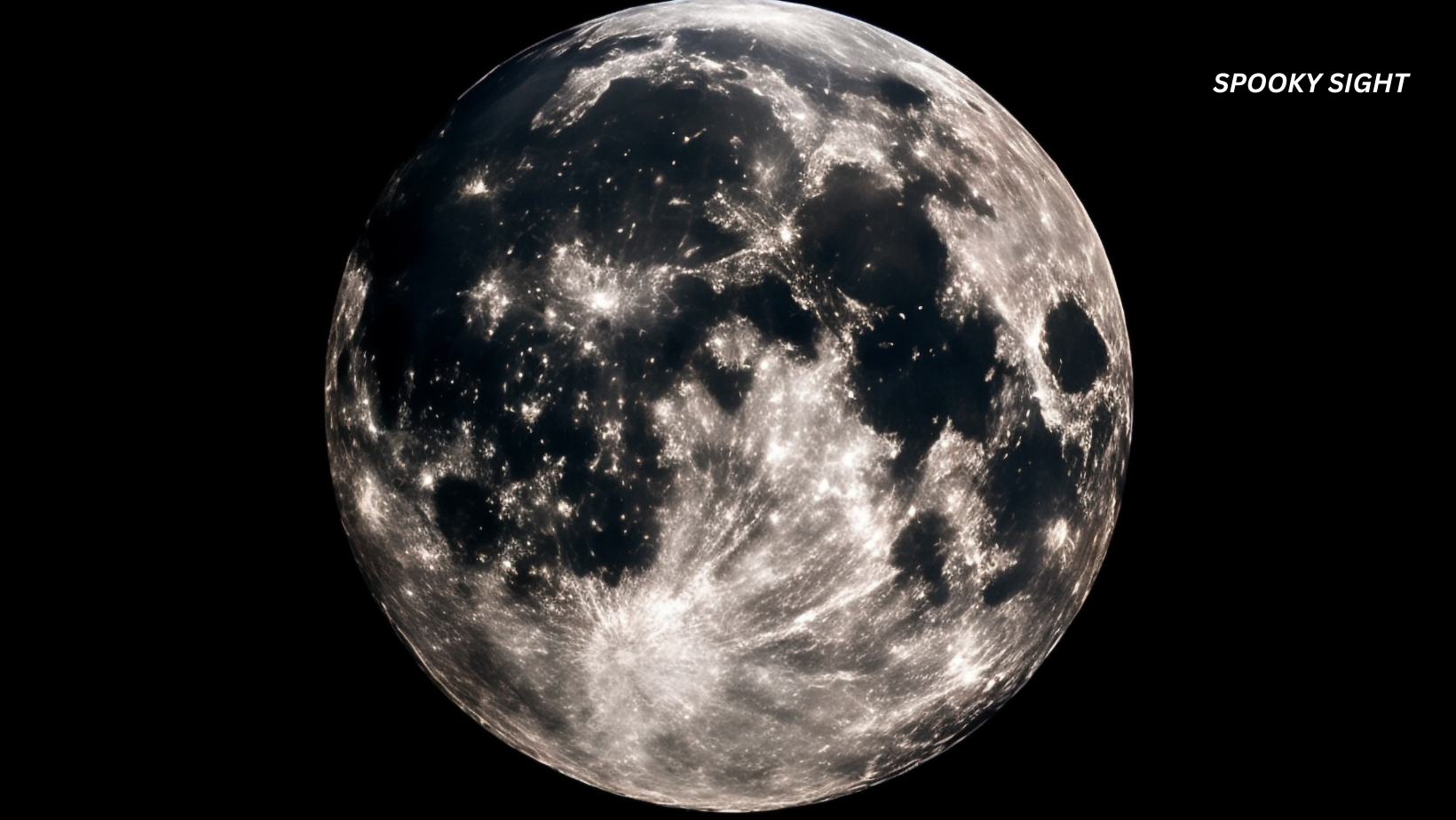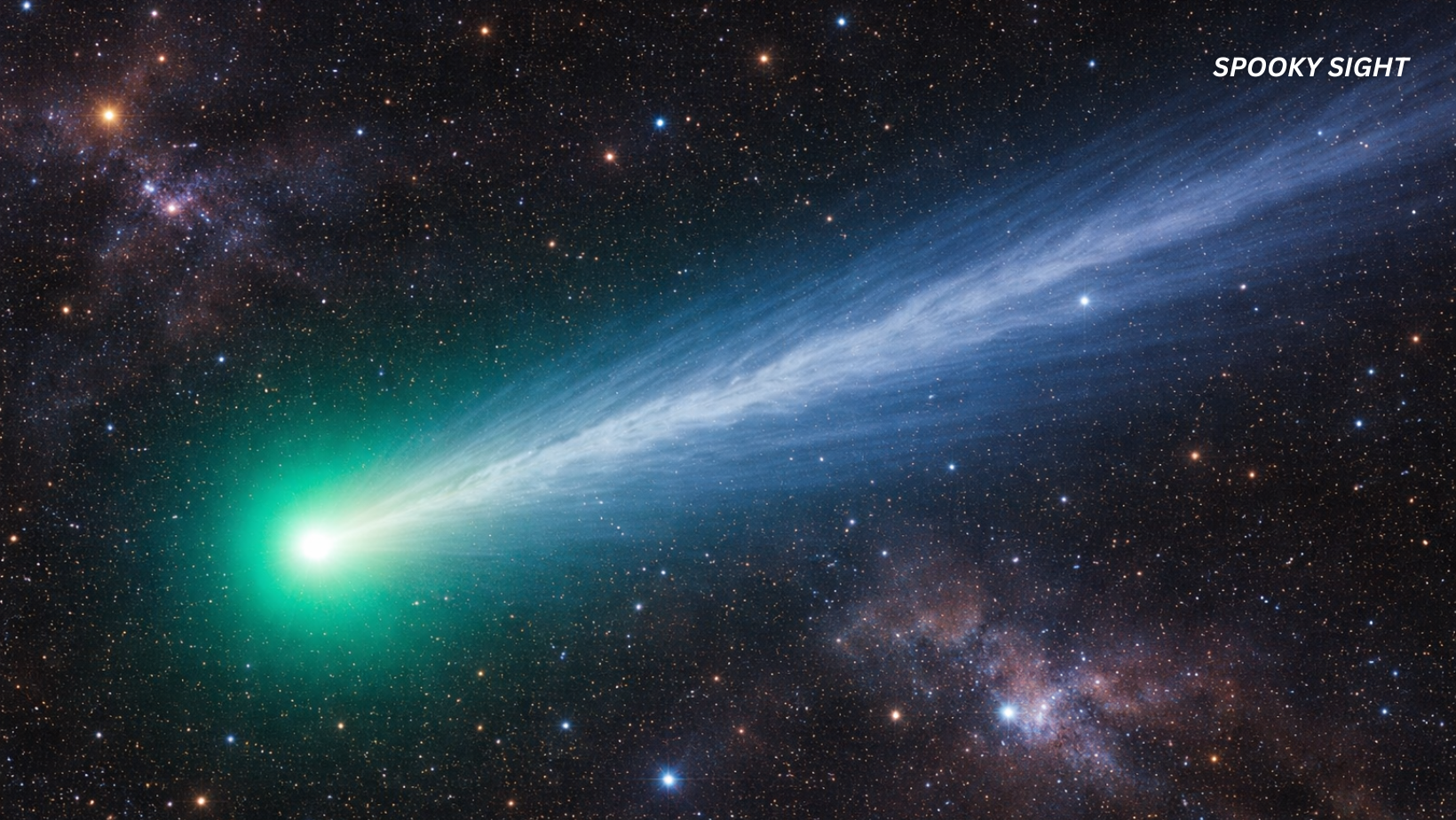On August 23, 2025, the Moon will vanish completely from the night sky. If you step outside expecting to see its familiar glowing face, you’ll be greeted by… nothing. No sliver, no faint outline—just darkness.
Don’t panic. The Moon hasn’t been stolen, nor has it suddenly gone shy. This is a seasonal black moon, a rare astronomical event that makes the night far darker than usual and gives stargazers a rare treat: a sky free from lunar glare.
While the black moon itself is invisible—by definition—it sets the stage for one of the best nights for deep-space viewing in years. And here’s why that matters.
The Mystery Behind the Black Moon
Let’s break it down: the Moon orbits Earth about once every 27.3 days, but the phases we see—new moon, full moon, and all the crescents in between—are based on the 29.5-day lunar cycle, the time it takes for the Moon to return to the same phase.
Normally, we see 12 new moons a year—one for each month. But because our calendar doesn’t line up perfectly with the Moon’s timing, there are occasions when we get 13 in a year. This is when things get interesting.
A seasonal black moon happens when a single astronomical season—defined as the time between a solstice and an equinox—contains four new moons instead of the usual three. The fourth is dubbed a black moon.
The name might sound modern and mysterious, but it actually has deep roots. Astrologers centuries ago used it to describe a “hidden” moon with supposed mystical influence. While astronomers don’t give it any magical weight, they do recognize it as a fascinating quirk of celestial timing.
Read more: Meteorite Smashes Through Georgia Roof — And It May Be Older Than Earth Itself
Not All Black Moons Are the Same
The black moon has two personalities:
- Monthly Black Moon – The second new moon in a single calendar month. This happens about every 29 months. Think of it as the lunar equivalent of cramming an extra movie into your streaming queue at the last minute.
- Seasonal Black Moon – The fourth new moon in an astronomical season. This is the type we’re getting in August 2025, and it only appears every 33 months or so.
The most recent black moon was a monthly one, just eight months ago. After this August’s seasonal event, you won’t see another of either kind until August 2027—so if you miss it, you’ll be waiting quite a while for a repeat.
Why This Darkness Is Special
To understand why this matters for stargazing, imagine you’re trying to see a faint glowworm in your backyard while your neighbor is shining a floodlight directly at you. That’s what it’s like trying to see faint galaxies, star clusters, and nebulae when the Moon is full or even just bright enough to scatter light.
The Moon’s reflected sunlight can wash out delicate details in the night sky, making it difficult for even seasoned astronomers to capture crisp images. But during a black moon, that light is gone—completely.
This means:
- The Milky Way will appear more vivid, stretching across the sky in a river of light.
- Star clusters, like the Pleiades or the Beehive Cluster, will sparkle more clearly.
- Nebulae, such as the Orion Nebula or the Lagoon Nebula, will show more depth and texture, especially through a telescope or in long-exposure photos.
- Even faint galaxies like Andromeda will be easier to spot without moonlight interference.
And here’s a bonus: this black moon happens shortly after the Perseid meteor shower peaks in mid-August. While the main flurry of meteors will have passed, stragglers will still streak through the darkened sky, making the night a two-for-one deal for skywatchers.
The Cultural Connection: Black vs. Blue Moons
The blue moon gets most of the pop culture fame, thanks to the saying “once in a blue moon.” This refers to the rare appearance of a second full moon in a single month or, in another definition, a fourth full moon in a season.
A black moon is its quiet sibling—just as rare, but much less talked about. Where the blue moon dominates the night with brightness, the black moon steps back and lets the rest of the universe take center stage.
Historically, rare lunar events like these were often woven into folklore. Farmers, for instance, used the lunar calendar to guide planting and harvesting, so an “extra” moon—whether black or blue—was sometimes seen as an omen of change or a shift in seasons.
Read more: 40 Years Later, Terminator Finally Explains Why Skynet Wants To Get Rid Of Humanity
Tips for Experiencing the 2025 Black Moon
You can’t look at the black moon itself—it’s invisible—but you can absolutely make the most of its effects. Here’s how:
- Find a dark location – The farther you are from city lights, the more you’ll see. Rural areas, high altitudes, or designated dark-sky parks are ideal.
- Let your eyes adjust – It takes about 20–30 minutes for your night vision to fully kick in, so avoid looking at bright phone screens.
- Use binoculars or a telescope – Even small, affordable binoculars can bring out star clusters and nebulae that are normally too faint to see.
- Try astrophotography – If you have a camera with manual settings, long exposures during a black moon can reveal stunning details in the Milky Way.
- Pair it with a sky map app – Apps can help you locate constellations, planets, and deep-sky objects that will be easier to spot without moonlight.
What’s Coming Next in the Lunar Calendar
If you’re a fan of rare moons, mark these dates:
- 31 May 2026 – Blue moon (second full moon in one month).
- 20 May 2027 – Seasonal blue moon.
- 31 August 2027 – Monthly black moon.
- 20 August 2028 – Seasonal black moon and supermoon (translation: big, bright, and extra Instagram-worthy).
These events, while subtle in their differences, all highlight the way lunar cycles occasionally slip out of sync with our calendar—reminding us that timekeeping is as much about compromise as it is precision.
Read more: Scientists Discover ‘Superhuman’ Ability Linked To People Who Live to 100. Could You Have It?
Why It Matters
The 2025 seasonal black moon is more than just an astronomical oddity—it’s a reminder that our skies are in constant motion, filled with patterns that repeat over centuries but rarely in the same way twice.
Most nights, the Moon is the show’s star. But every so often, it steps aside and lets us see what’s hiding behind the curtain: a canvas of stars, galaxies, and cosmic wonders that are always there, just waiting for the right moment to shine.
So, when August 23 rolls around, make time to step outside. Let the dark sky envelop you, breathe in the stillness, and remember: the absence of light can be just as beautiful as its presence.
Image: Freepik.









